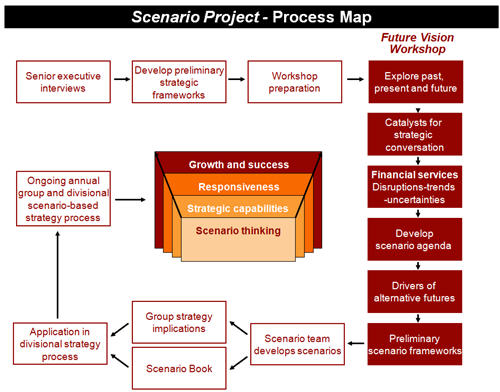A busy May and even more exciting June…
May is going to be a very busy month for me – lots of interesting things on. In a few hours I fly to San Francisco where among other things I will be presenting at the Future of the Enterprise TEDxAdvance event and generating momentum for our Future of Influence Summit to be held August 31.
Next week I will be in Perth to do the keynote at CPA Week on The Future of Global Business: Implications and Opportunities, a speaking topic which I am experiencing a lot of demand for at the moment.
The following week is a packed week in Sydney, including launching The Insight Exchange Lunch Series with The Power of Influence on 19 May, which promises to be a very exciting event, and the keynote at Information Technology in Aged Care conference.
At the end of that week I fly to Abu Dhabi to do the closing keynote at the MegaTrends conference, with Paul Krugman doing the honors for the opening keynote. My speech will take similar themes on opportunities in the global economy in the next months and years, tailored to a Gulf States audience.
A lot happening in between all this – announcements coming soon.
And my second child is due on 13 June (!), so there will be a slowdown from travel for a bit, though we’re planning to all go to Fiji or somewhere equally nice for a bit of a relax a few weeks after… It’s quite a year!



